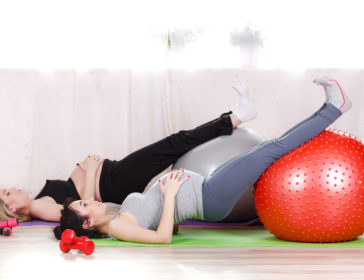
Pregnancy
- SINGAPORE
Top Cord Blood Banking And Stem Cells Collection Options In Singapore
Ultimate Guide To All You Need To Know About Cord Blood Banking

Umbilical cords are rich in stem cells and can help treat diseases and brain traumas in future years. Many parents are storing stems cells to help protect their family’s future. It’s a costly process, but one that many parents are considering. In this guide, we describe what stem cells collection is, its pros and cons, how the procedure works, and finally, where you can store your stem cells, both private and public.
JOIN US: Little Steps Bump Club Singapore!
Want More? Check out our other health guides!
-
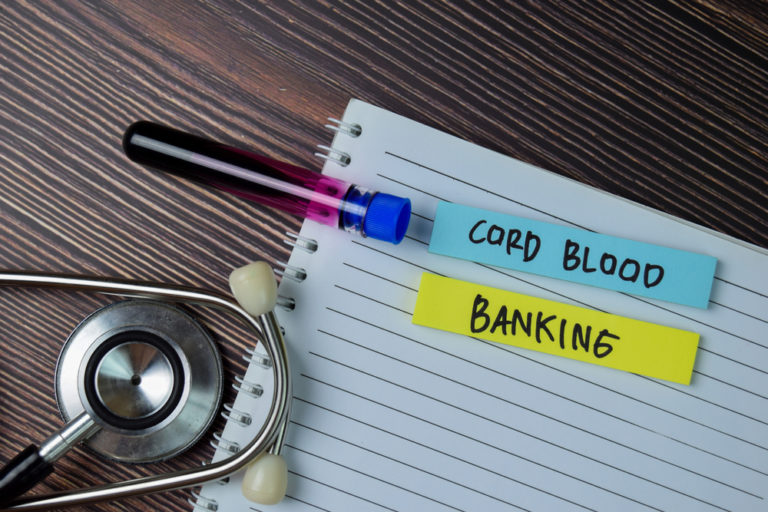
WHAT IS CORD BLOOD BANKING?
Cord Blood Banking / Stem Cells Collection ExplainedCord blood is the blood that is leftover in the umbilical cord and placenta after delivery. Towards the end of the third trimester, the mother transfers immune system-boosting cells to baby to prepare for birth. This transfer allows the cord to be rich in healthy stem cells that can be collected.
These are potentially life-saving stem cells that can be used to treat cancer, blood diseases, or immune system disorders. The fluid is easy to collect and has 10 times more stem cells than those collected from bone marrow. Another advantage of the procedure is that stem cells from cord blood rarely carry any infectious diseases and are half as likely to be rejected as adult stem cells.
-

WHY CHOOSE CORD BLOOD BANKING:
The Advantages And Disadvantages Of Cord Blood BankingCord blood banking started in 1988, and since then, there have been over 40,000 successful cord blood transplant cases across the globe. Cord blood is rich in stem cells and immune system cells, and the medical uses of these cells has been expanding at a rapid pace.
The stem cells from cord blood banking can combat numerous diseases, such as:
- Cancers
- Immune deficiencies
- Metabolic disorders
- Sickle cell disease and anemia
Cord blood is currently approved by the FDA for the treatment for nearly 80 diseases, and cord blood treatments have been performed more than 35,000 times around the globe to treat various diseases. Transplanting cord blood stem cells into patients receiving these treatments can help produce new blood, improving their health.
However, studies do suggest that the chance that a child will use their cord blood over their lifetime is between 1 in 400 and 1 in 200,000. Also, the stored blood cells cannot always be used because if a genetic mutation caused the child's disease, it would also be in the stem cells collected at birth.
-

HOW DOES THE PROCEDURE WORK?
Cord Blood Banking Procedure ExplainedCord blood banking needs to be discussed and confirmed with your doctor since the procedure is done directly after birth. Upon admission, the mother’s blood is collected to be tested for any infectious diseases.
Upon birth but before the placenta is delivered, the healthcare provider clamps the umbilical cord in two places, around 25 centimeters apart, and cuts the cord, separating mother from child. Remaining in the umbilical cord and placenta is approx. 40–120 milliliters of cord blood. The healthcare provider will extract the cord blood from the umbilical cord, and the procedure only takes a few minutes and is entirely painless for both the mother and baby. The collected blood is then sealed and sent to a cord blood bank for testing and storing.
-

CORD BLOOD BANKS: Public VS Private
Storing Stem Cells In Public Or Private Hospitals In SingaporeTo store your stem cells in Singapore, you can store them at a private cord blood clinic or the public Singapore Cord Blood Bank.
When going to a public hospital, it's important to note that donation will be available for anyone who needs it. You cannot store it for personal use at a public hospital, but your donation might save a life. It is similar to donating blood to a public hospital. You can donate your cord blood at the:
Private cord blood banks will store the donated blood for the donor and family members only. There are a few private options in Singapore, and they are listed below!
-
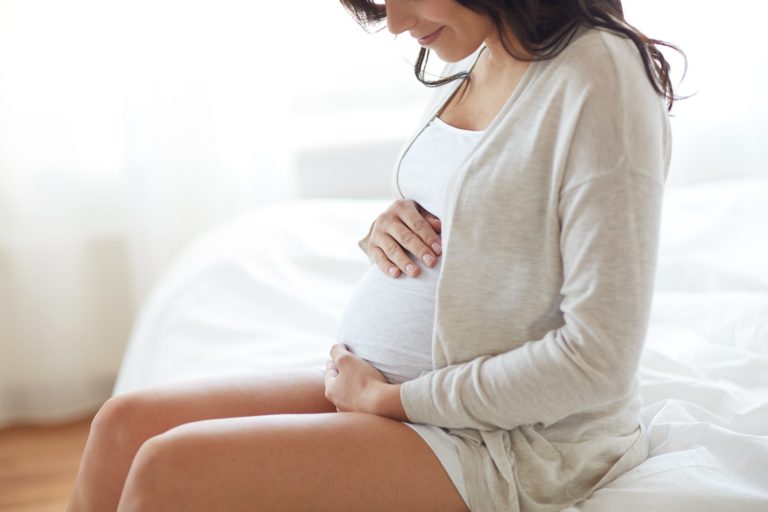
CORD LIFE: First Cord Blood Bank In Singapore
Cord Blood Banking And Stem Cells Collection Options In SingaporeCord Life is the first cord blood bank to be set up in Singapore. There are many reasons you should store stem cells, and Cord Life explains some of them: You get a once-in-a-life time chance to collect cord blood so you have a readily available source if you need it in the future. Research shows that patients have a lower chance of complications in transplants when they receive stem cells from relatives. Some of the most common cancers, such as leukemia and lymphoma, are treatable with stem cell transplants.
Cord Life, A'Posh Bizhub, #06-01/09, 1 Yishun Industrial Street 1, Singapore, +65 6238 0808, info@cordlife.com, www.cordlife.com/sg
-

ARTIVION: Cord Blood Bank Leader In Asia
Cord Blood Banking And Stem Cells Collection Options In SingaporeAn experienced cord blood bank and a leader in the local and Asian cord blood storage industry, Artivion (formerly known as CryoLife) regularly teams up with some of the world’s most prestigious and recognized institutions to research new ways of applying cord blood treatment and stem cell therapy. So if you want to protect your family's future, why not book a consultation today.
Artivion, One Marina Boulevard, #28-00, 1 Marina Boulevard, Singapore, +65 9784 9820, www.cryolife.com
-
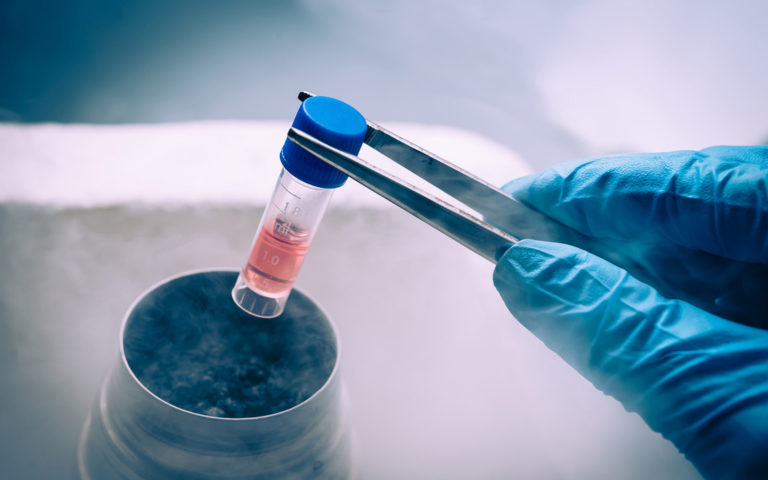
CELLRESEARCH CORP: Helping Families For Over 20 Years
Cord Blood Banking And Stem Cells Collection Options In SingaporeCellResearch Corp is the pioneer and global leader in Cord Lining Stem Cells for Stem Cell Regenerative Medicine and Therapy. If you’re considering banking cord blood, why not go that extra mile for your child and close relatives, and make an appointment with CellResearch Corp. After all, your family and your child are your future.
CellResearch Corp, Grace Global Raffles Building, #08-02, 137 Market Street, +65 6444 9968, www.cellresearchcorp.com
-
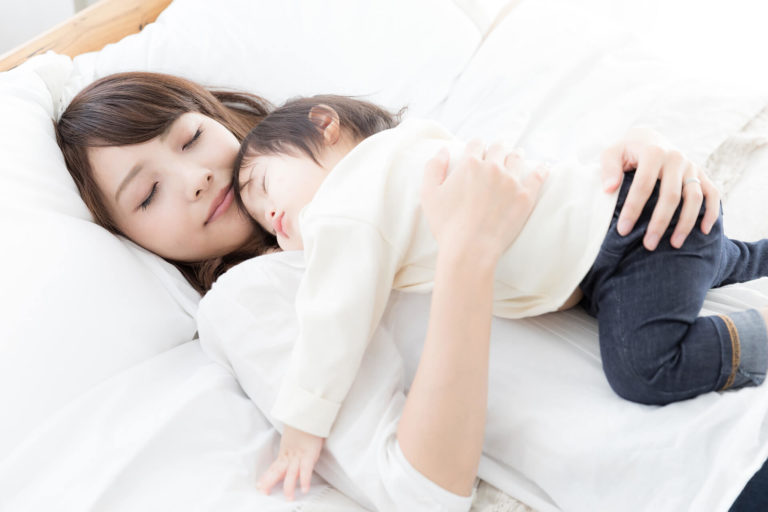
CRYOVIA: Successfully Stored Over 160,000 Cord Blood Units
Cord Blood Banking And Stem Cells Collection Options In SingaporeStem cells stored in family banks can be used for your baby (autologous), or for siblings or any other family member (allogenic), as the chances of an HLA match are much higher compared to cells of unrelated donors. Securing the cryopreserved cord blood of your child ensures peace of mind, as you'll benefit from knowing that there is a potential lifesaving option if unfortunate conditions occur in family members later in life.
Cryovia, Shaw House, #15-01, 350 Orchard Road, Singapore, +65 6737 8482, www.cryoviva.com.sg
-

STEMCORD: Experienced And Trusted Cord Blood Bank
Cord Blood Banking And Stem Cells Collection Options In SingaporeStemCord is an established private cord blood bank that specializes in the collection, processing, storage, and retrieval of cord blood stem cells. When you bank your newborn’s cord blood stem cells with StemCord, rest assured that StemCord will provide you with the highest quality and personalized service every step of the way, through to the future.
Stem Cord, Gleneagles Medical Centre, #02-13, 6 Napier Road, Singapore, +65 6471 2002, www.stemcord.com
Want More?
Little Steps Asia knows what families need.
Sign up for our email newsletters to get the most out of Asia!
-
Singapore
Singapore Ballet Presents Peter & Blue Treasure Hunt
A Ballet That Children Will Love!2022 May 23 - 2024 May 26 -
Singapore
Roll, Glide, Indulge: The Xperience – Clarke Quay’s Ultimate Family Adventure!
Skate, Snack, Play, Repeat! Discover Endless Fun at The Xperience - Book Your Tickets Now!2024 May 06 - 2024 Jul 31 -
Singapore
INVITE: Tour The Campus, Meet The Teachers At The Australian International School In Singapore
Save The Date - May 16, 20242024 May 16 - 2024 May 16 -
Singapore
Discover Unforgettable Mother’s Day Events: Celebrate Mom In Style With These Must-Attend Happenings Across Singapore!
Honor The Remarkable Women Who’ve Shaped Your Lives -
Singapore
Celebrate Lego Star Wars’ 25th Anniversary At The Lego Star Wars Pop-Up Event!
May The 4th Be With You!2024 May 04 - 2024 May 26 -
Singapore
Top Family-Friendly Singapore Events: May 2024 Activities In Singapore
Explore Kid-Friendly Fun and Adventures All Month Long2024 May 01 - 2024 May 31 -
Singapore
Experience The Beauty Of Tulipmania At Gardens By The Bay In Singapore
Featuring The Modern Side Of Netherlands!2024 Apr 29 - 2024 May 26 -
Singapore
i Light Singapore 2024 At Marina Bay And Surrounding Precincts In Singapore
Cyclical Nature2024 May 31 - 2024 Jun 23 -
Singapore
Eco-Kids Extravaganza: Singapore’s First Sustainable Kids Market At Marina Square!
Promote Sustainable Living And Raise Funds For Underprivileged Children2024 May 25 - 2024 May 26 -
Singapore
Unveiling Singapore’s Rich Heritage: Explore Singapore HeritageFest 2024!
An Islandwide Exploration Of Singapore's Heritage2024 May 01 - 2024 May 26
SIGN UP
Singapore Tips, Deals + Events.
Got kids? Little Steps Asia gives you the scoop on all the things to do and see with babies, toddlers, and kids in Hong Kong, Singapore, Kuala Lumpur, Bali, Jakarta, Macau, and beyond. From family-friendly hotels, kids and baby shops, the best schools and after school activities, pregnancy tips and meet-ups and more – we have you sorted.
Sign up to receive the free Little Steps email newsletter packed with news, offers, and hidden treasures for Singapore families.

© 2024 Little Steps Asia. All rights reserved.











